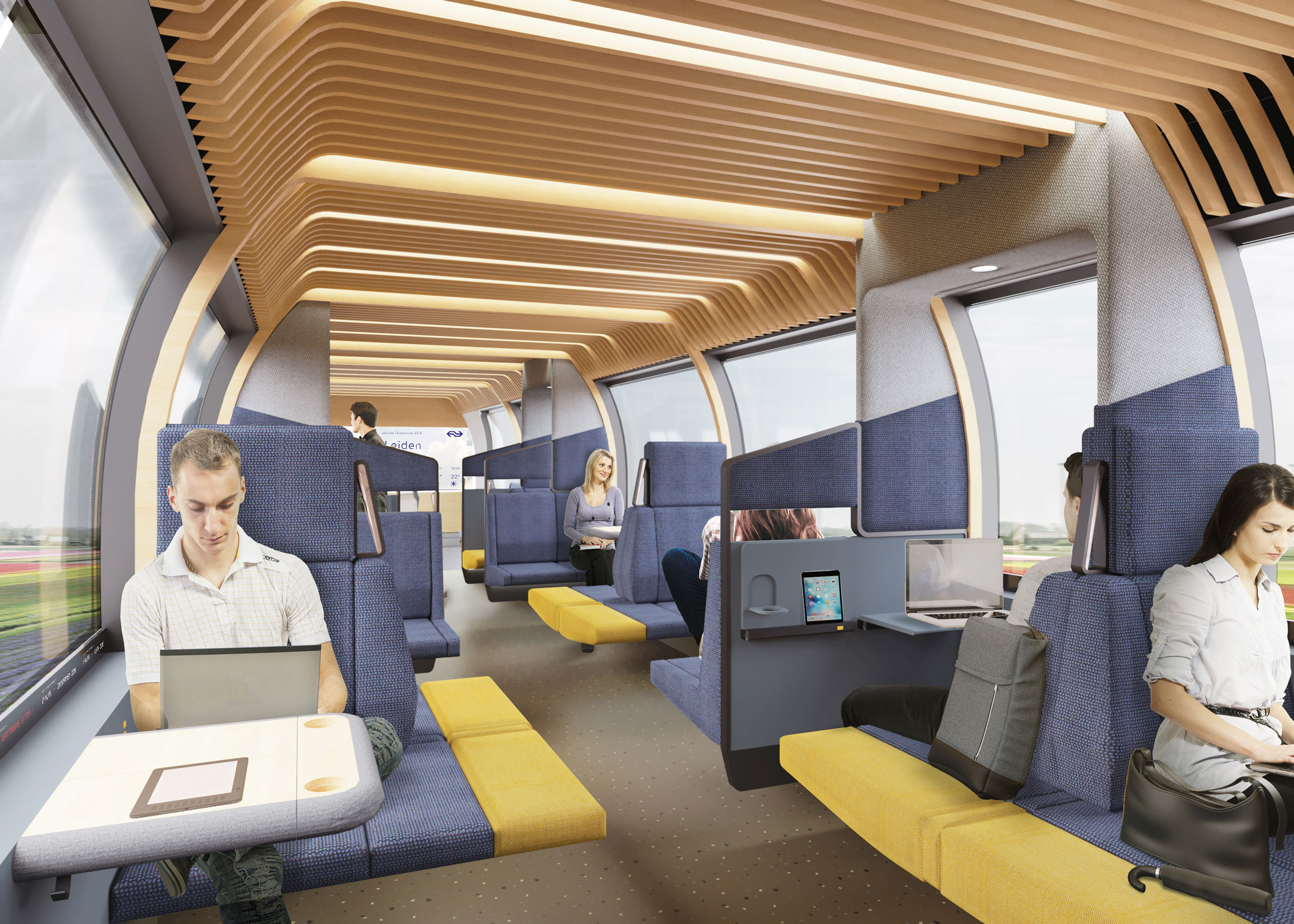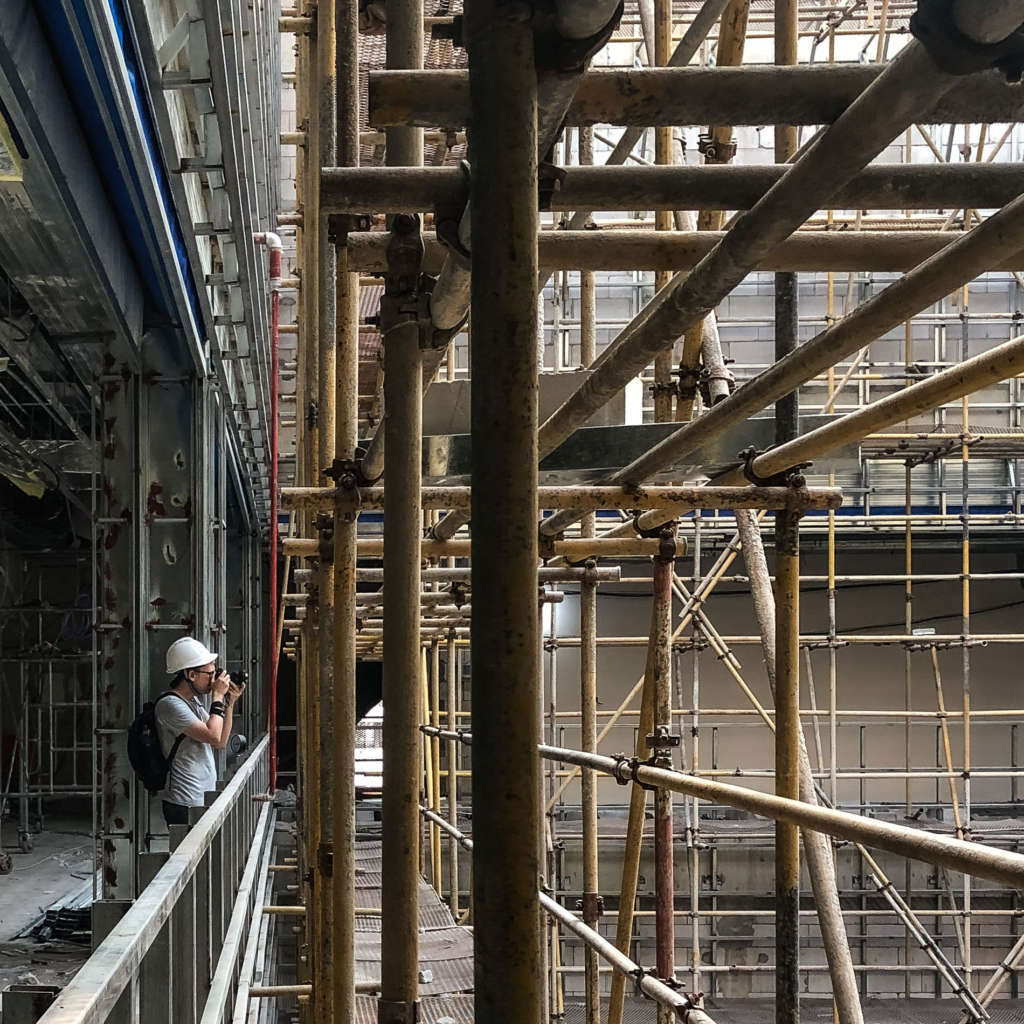
Forward
There’s no doubt we’re living in an unprecedented time. Closures, quarantine, and social distancing have become the new normal. While much of the architectural industry has been disrupted by the pandemic, it made me question what life must be like as an architectural photographer right now. The very nature of their job requires them to be outside; to travel across country and capture moments in time – how has their life changed in the age of COVID-19?
I thought it was high time to check-in with architectural photographer Kris Provoost. Kris has been living and working in China for the better part of a decade now. His life has taken him across Asia, photographing some of the most high-profile buildings on the continent. Now based in Hong Kong, I imagined that life for him hasn’t been normal for quite some time now, as, prior to the pandemic, civil unrest was the order of the day with mass protests dominating the news waves in the days and months leading up to where we are now.
Below is my conversation with Kris. It’s been edited slightly for clarity.
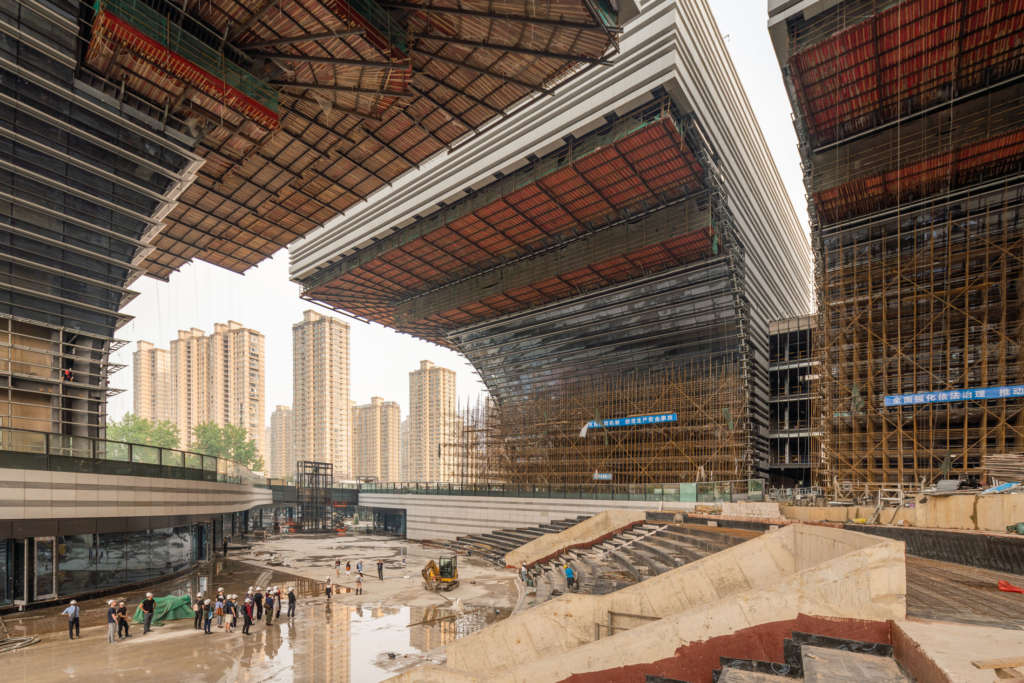
Q&A
Kris: Thanks for the opportunity to share my story and experience of being an architectural photographer during these unprecedented times. A time that gives you [opportunities] to reflect and work on those personal projects that are so easily put aside when things get really busy. It of course also brings some worries with it, because no-one knows how long this will last and in what capacity we will be able to travel again. Luckily being in Asia, and seeing how China is slowly returning back to normal, it is a time to start becoming optimistic again.
You were born and raised in Belgium and live in Hong Kong now. What has life been like moving from a relatively small European nation to one of the densest populated cities on earth?
It wasn’t the big shock people would say to me beforehand. There is a lot written about culture shock, but I never really felt [it, and I] had an interesting journey before eventually ending up in Hong Kong.
Now 10 years ago, I first moved to Beijing for some time and then on to Shanghai and Hong Kong. Being a freshly graduated architect, I naïvely set out with just a backpack on to start working in Beijing. I adopted this attitude of ‘just do it’, to try and keep me alive the past 10 years, and it was also how and why I eventually transitioned from being an architect to an architectural photographer. I felt immediately at home in these big cities; there was a lot to explore and discover, but I never felt I had to make big adjustments, it was almost natural.
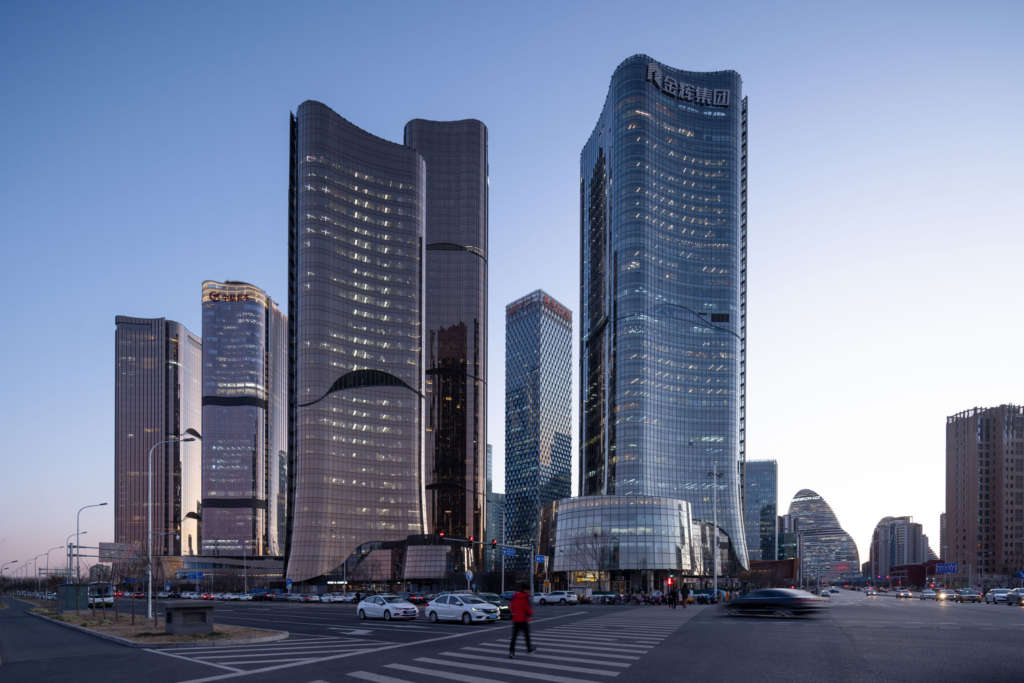
During our last move from Shanghai to Hong Kong, it felt like we (Kris’s fiancee and him) just packed up and moved the next day, pretty much like going on a trip. I don’t usually feel melancholic about a place, as I know I can always visit again (in normal times that is), as for now its probably the first time in my life that this isn’t possible.
You mentioned that you’re trained as an architect. Your website mentions that you’ve worked for high-profile design firms like Zaha Hadid Architects, Buro Ole Scheeren, and gmp. What caused the shift in your career and how has your experience as an architect shaped the way you think about photography?
I was always very interested in understanding how buildings work. Showing how buildings work was also my approach back when I was still designing buildings across China. Eventually, evolving into architectural photography allowed me to spend time on a variety of different typologies, to try to understand what makes them the way they are. What were the intentions of the architect? In my photography, I always aim to tell that story. How do people use the building, how is it perceived in its context, and how does it fulfill its duty? I fully believe that I wouldn’t be the architectural photographer I aim to be if I wasn’t an architect first.
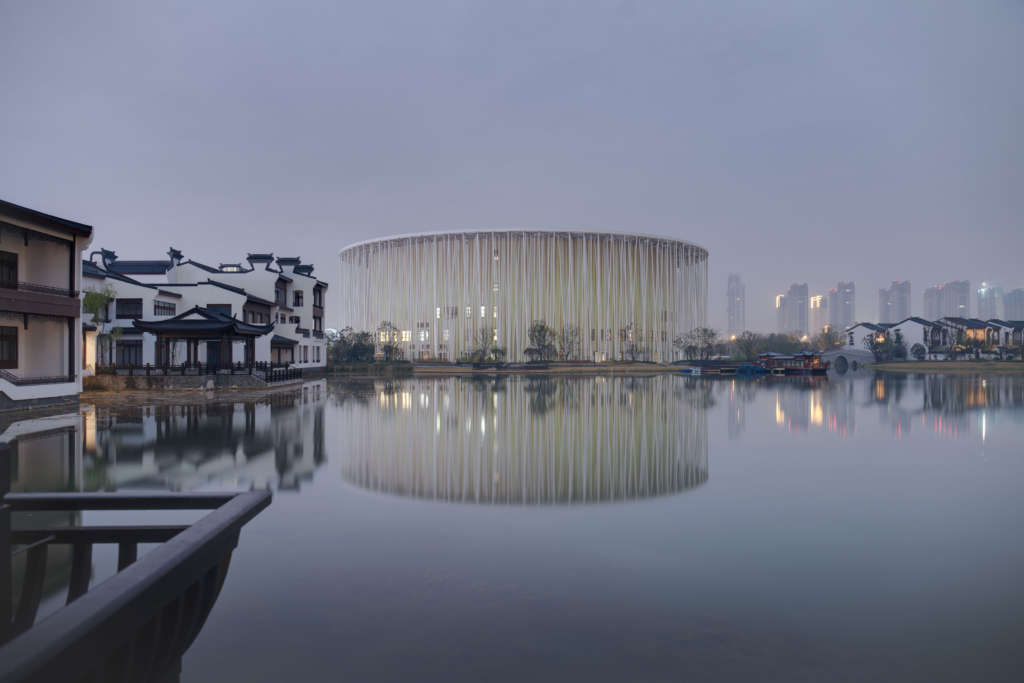
Perhaps due to my background as an architect, I tend to focus on certain topics as they kept me occupied during the design process as well: how does it fit/standout in its context? How does the building ‘hit’ the ground – especially the case for skyscrapers which tend to have this inhumane mass smash into the ground – and how does it ‘end’ at the top of the building?
Your work has allowed you to travel around the world and extensively through Asia. What is life like as an architectural photographer, and is it as exotic and glamorous as we architects all imagine?
The freedom it gives me is the best thing about being a photographer. You get to go to many fabulous places and experience great encounters, even though you often don’t get the time to really enjoy the places you have travelled to.
As with every job, it has its good and bad sides. As a photographer, you need to be very flexible and juggle the long-term and short-term tasks. There are things that you are able to control and things that you have no control over. When all these elements magically align it can be very glamorous. When things go wrong it can be very stressful.
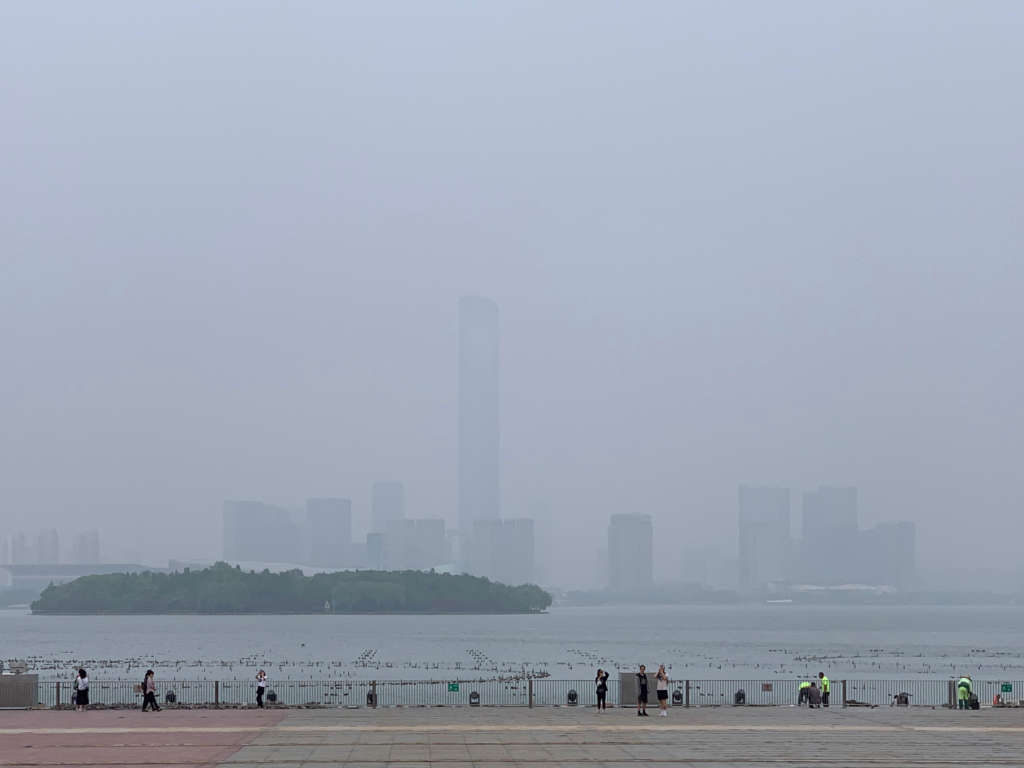
The current pandemic aside, you travel frequently which means that you need to edit the photos on the go, keep the communication going, maintain your business, and so on. That work often needs to happen when you arrive late back in the hotel, or on the next train ride (when you’d rather be sleeping or touring the city).
However, all these worries disappear when you are at a fantastic architectural project with interesting weather/light and you are jumping for joy and can’t wait to start editing, even though that it might be at 1 am.
When all things align, it is the best job in the world.
Before the outbreak of COVID-19, Hong Kong was making international news for its protests against democratic reform. How did the civil unrest shape your work and life in the city?
The social unrest didn’t impact my work or life that much as we had just moved to Hong Kong at the start of the protests, and there wasn’t much to compare to. Even though the social unrest had a massive impact and painted a dark outlook on the city, it was relatively easy to navigate around it. If there were protests, they were very localized. For my photography work, I didn’t feel much of an impact. For the COVID-19 outbreak, this is a completely different story. Once there was the first reported case in Wuhan, every Hong Konger became very cautious and didn’t take any risks. Safety for everyone was of top importance. I’m grateful to have been here during this time, as it showed that a collective approach where everyone does their part can show positive results. Now we need to hope that Hong Kong can finally recover fully and for once have a slow news day for the first time in a year.
When I visited Hong Kong last December, you guided me around the city’s West Kowloon Cultural District (WKCD) – an emerging cultural destination currently under construction. Several prominent architecture firms like Foster and Partners, OMA, Herzog & De Meuron, UNStudio and West 8 have been a part of its conception. What will projects like this do for Hong Kong as it rises out of a tumultuous time in its history?
First off, I want to say that the West Kowloon Cultural District is a godsend. Whenever I am in Hong Kong, I go run in the park and feel the stress leave just like that. I feel public green space like there is there, with a variety of musea and cultural venues, is of very big importance in Hong Kong. We are lucky here to have mountains and an abundance of nature relatively closeby, however, having a large park in between where people live is invaluable. It is such a joy to see many kids playing around and riding their bikes.
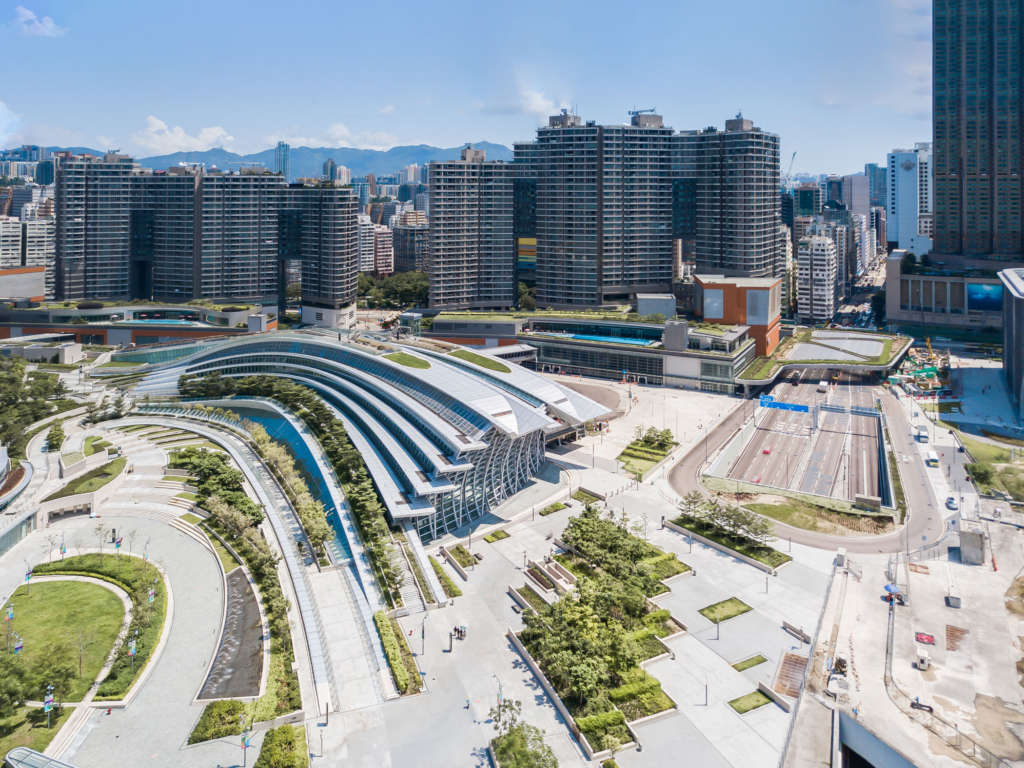
The dense city can feel very tense. People in Hong Kong also tend to walk faster as they are always in a rush; a park, where people can slow down, is really needed. Also, for being a world-class city, Hong Kong was really lacking some high-quality musea. With M+ and the Palace museum next to it, it will hopefully lift up the art scene in the city.
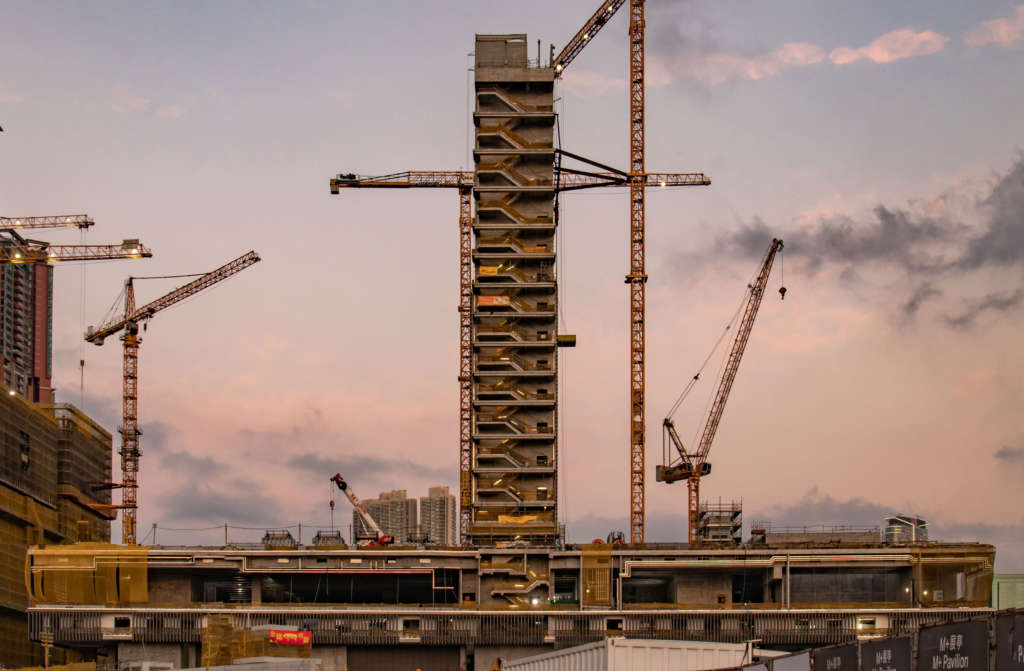
I have been documenting the progress of the most prominent structure there, M+ designed by Herzog & de Meuron, for a while now and I’m very excited to see it being completed later this year. WKCD has been long in the making, with still some time to go before its fully complete; but it’s already showing signs that it is what was missing in Hong Kong.
As an architectural photographer, the vey nature of your job requires you to be outside and traveling. In Toronto, Canada, much of our life has been spent in quarantine over the last couple of months. How has your job changed during COVID-19 and how are you staying busy?
Luckily Hong Kong never went into lockdown. So even though being outside was limited, we were still free to go wherever we needed to go. Though many shoots abroad were put on hold, I have still been busy undertaking shoots in Hong Kong. Travel out of Hong Kong has been impossible for the past 3 months as one country after another started closing their borders or imposing strict mandatory quarantine policies.
As I mentioned earlier, I also have time now to work on these personal projects that I have been putting off due to too little time. It has been actually a great time to continue on those.
One important factor was to turn off the news as much as possible!
Now let’s get this all over with and allow me to continue photographing all these great projects that are waiting.
Speaking of great projects, is there one building or structure that you can’t wait to photograph, which you haven’t already?
I could list a few of the well-known iconic projects that have been completed in the last few years, but actually I am getting more interested in the lesser-known projects or not even architecture per-se. I am fascinated by infrastructure. I have photographed some bridges before (my very first commissioned shoot was actually for a bridge), and I would very much like to do more of this in the near future.
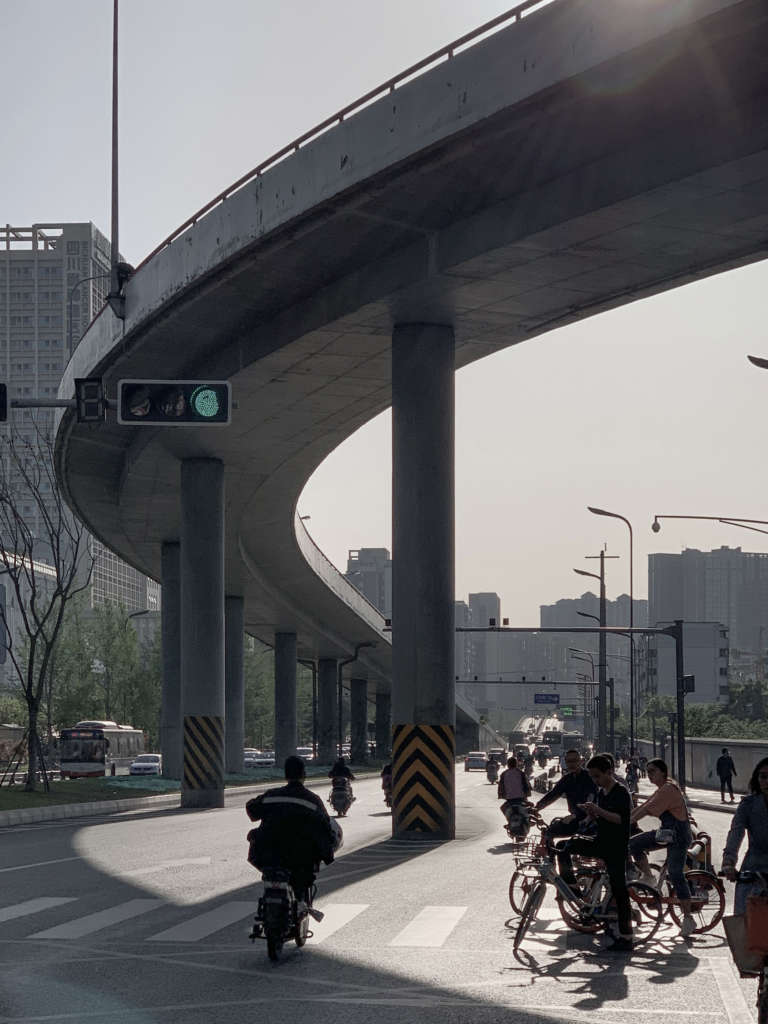
As I have been photographing in China extensively, the projects I am commissioned for are usually massive. Every time I’m roaming around these projects, I wish to once get the task to photograph a tiny house.
In all of your travels abroad, what has been the greatest city you’ve ever visited? The most underrated?
I am fortunate to live in the greatest city I have ever visited. Ever since first landing here 11 years ago, I vowed to live here and I’m glad that it’s become a reality. Hong Kong, even with all its current issues going on, is still a very vibrant and progressive city. For a photographer, it is a very grateful subject. There are many interesting contrasts spread across the city, from the obvious: city versus green, high-density living versus spread-out nature, old versus new, land versus water, but also more intricate topics that intrigue me such as solid versus glass, noise, sky, water-edge, etc.
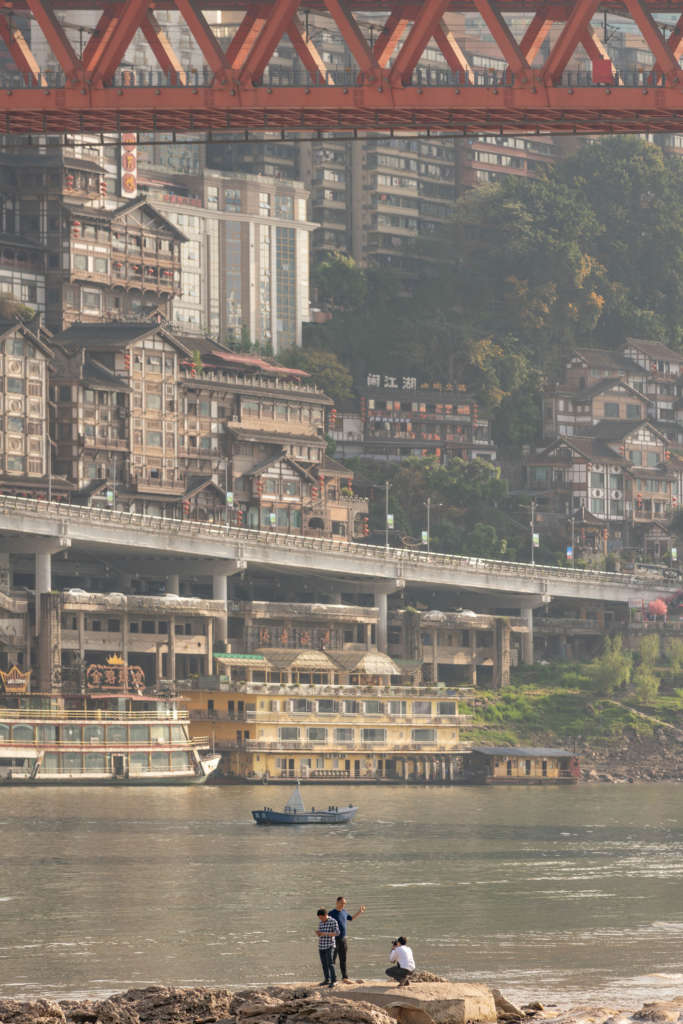
The most underrated is without a doubt Chongqing. I went there a few times and documented it in a series I called Human vs City. It is a very raw city; you could describe it as Hong Kong on steroids. Hong Kong is already on steroids compared to other cities in the world which should give readers a picture of its intensity. Chongqing is built on several hills and is located at a confluence between different rivers. Many of the topics that interest me I mentioned above are also present in Chongqing, but then even more extreme.
Thanks for sitting down with me Kris. Before we end things, I would be remiss if I didn’t ask for any Netflix recommendations while we wait out this pandemic.
Yes, most certainly! I really enjoyed Formula 1: Drive to Survive, a very unique behind the scenes look at this fascinating sport. You get to know many of the drivers and it shows that there is much more to the sport than just sitting in a car and push the pedal. Formula 1 is a very flamboyant sport but the drivers often are very young and deal with tons of pressure quite literally as well as figuratively. It makes me miss the Formula 1 season and hope that they can restart soon again, once it is deemed safe.
Another one, that is perhaps a bit closer to my ‘world’ is American Factory. The Obama-produced documentary about Chinese company Fuyao that established its first American-based factory, and the challenges that come with bringing in different cultures who need to work together. I’ve never had much issue working with Chinese people, but there is indeed a big difference I see between the cultures. Mandatory viewing as I see the Chinese take over more and more, and this need for working together becoming more inevitable.
Thanks again for this opportunity to share my story!
Kris is the author and photographer of Beautified China: The architectural revolution of China.
You can also find his work on Instagram and follow him on his travels through Asia.




